How to Paint an Abstract Landscape
Painting an abstract landscape can be an exhilarating journey into the realm of creativity, where the boundaries of reality blur and your imagination takes flight. Imagine stepping onto a canvas that transforms into a vibrant world, filled with colors and shapes that speak to your soul. This article provides a comprehensive guide on techniques, materials, and inspiration for creating captivating abstract landscapes. Whether you're a seasoned artist or just starting, you'll discover how to express emotions and ideas through color and form in your artwork.
When it comes to painting abstract landscapes, selecting the appropriate materials is crucial for achieving the desired effects. Think of your materials as the tools of a magician; the right ones can help you conjure stunning visuals. Here’s a quick rundown of what you’ll need:
- Paints: Acrylics, oils, and watercolors each offer unique characteristics. Acrylics dry quickly and are versatile, while oils provide a rich texture and longer drying time.
- Brushes: A variety of brushes, from flat to round, will allow you to create different strokes and textures. Don't forget to experiment with palette knives for bold applications!
- Canvas: Choose between stretched canvas, canvas boards, or even paper. Each surface will yield different results, so consider your artistic goals.
By carefully selecting your materials, you set the stage for an inspired creation that captures your vision.
Color theory plays a vital role in abstract art. It’s like the secret language of emotions; the right color combinations can evoke feelings and create depth in your landscape paintings. Learning how to manipulate colors can make your artwork not just engaging, but downright dynamic!
Understanding the impact of warm and cool colors can transform your landscape. Warm colors like reds, oranges, and yellows can evoke feelings of warmth and energy, while cool colors like blues, greens, and purples can create a sense of calm and serenity. Balancing these colors effectively allows you to convey mood and atmosphere in your abstract compositions. Think of it as a dance between opposing forces; when harmonized, they create a stunning visual symphony.
Using color gradients and contrasts can add depth to your painting, much like how a photographer uses focus to draw attention to a subject. Techniques such as layering colors can create a sense of space and perspective. For instance, using lighter shades in the foreground and darker hues in the background can trick the eye into perceiving distance. Experiment with blending and glazing to achieve those rich, dimensional effects!
Colors can represent different emotions and themes, acting as a visual shorthand for feelings. For example, a vibrant red might symbolize passion, while a soft blue could evoke tranquility. Explore how to use color symbolism to convey specific messages or feelings in your abstract landscape artwork. This not only enriches your painting but also invites viewers to connect with your work on a deeper level.
The right brush techniques can add unique textures to your painting, transforming a flat surface into a tactile experience. Techniques such as stippling, scumbling, and dry brushing can create interesting effects that enhance the visual appeal of your abstract landscapes. Imagine your canvas as a textured tapestry, each stroke adding depth and character. Don't shy away from experimenting with unconventional tools, like sponges or old credit cards, to achieve surprising results!
Finding inspiration in nature can spark creativity like nothing else. Nature is a boundless source of color, shape, and form, just waiting to be interpreted through your unique artistic lens. Take a moment to observe the landscapes around you. How do the colors shift with the time of day? What shapes do the clouds form? These observations can translate into abstract forms and colors that resonate with your artistic vision.
Before diving into painting, sketching your ideas can help solidify your vision. Quick sketches capture the essence of landscapes, serving as a foundation for your abstract work. Think of it as laying the groundwork for a building; without a solid foundation, the structure can crumble. Keep your sketches loose and free, allowing your creativity to flow without restrictions.
Photographs can provide valuable reference points for your abstract landscapes. They can inspire compositions, colors, and shapes in your artwork while maintaining an abstract approach. Consider using a photograph as a jumping-off point, allowing your imagination to take over and transform reality into something uniquely yours. Remember, the goal is not to replicate but to interpret and express!
1. What type of paint is best for abstract landscapes?
Acrylic paints are often recommended for beginners due to their quick drying time and versatility, but oil paints can offer richer textures and depth.
2. How can I create depth in my abstract landscape?
Utilizing color gradients, layering techniques, and varying brush strokes can help create a sense of depth in your artwork.
3. Is it necessary to sketch before painting?
While sketching is not mandatory, it can help clarify your ideas and serve as a useful guide during the painting process.
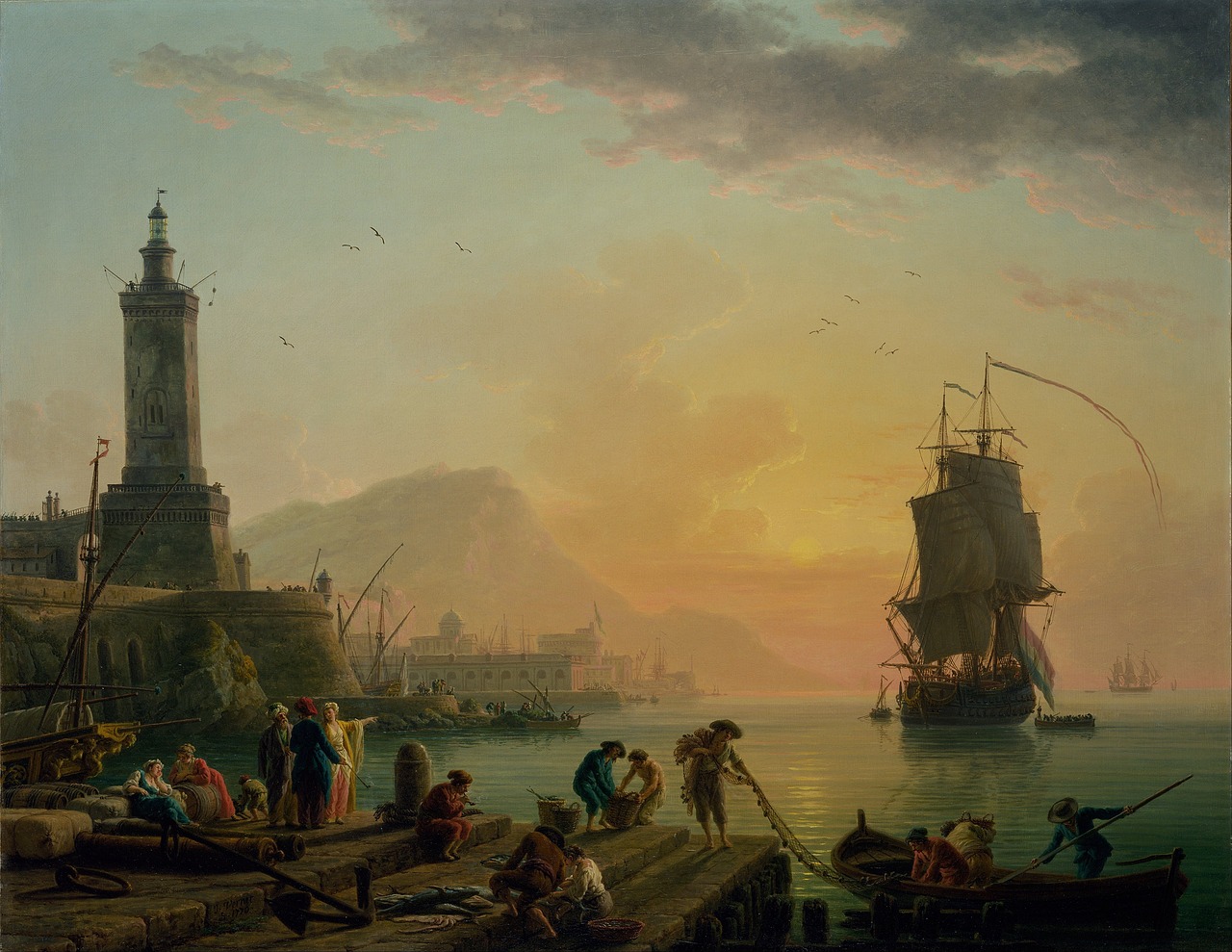
Choosing the Right Materials
When it comes to painting abstract landscapes, selecting the right materials is essential. The tools you choose can significantly influence the outcome of your artwork, allowing you to express your creativity in the most effective way. So, what should you consider when gathering your supplies? Let's dive into the world of paints, brushes, and canvases to help you make informed choices.
First off, let's talk about paints. Acrylics are a popular choice among abstract artists due to their versatility and quick drying time. They allow for layering and blending, which is crucial when you're trying to create depth and emotion in your landscapes. On the other hand, oil paints offer a rich texture and longer drying time, giving you the freedom to manipulate colors over extended periods. If you’re looking for something more experimental, consider watercolors or even mixed media, which can add unexpected dimensions to your work.
Next, we have brushes. The type of brush you use can make a world of difference in the textures and effects you create. Here’s a quick rundown of some brush types that can elevate your abstract landscapes:
- Flat Brushes: Ideal for bold strokes and sharp edges.
- Round Brushes: Perfect for fine details and soft lines.
- Fan Brushes: Great for creating unique textures, like foliage or clouds.
- Palette Knives: Excellent for applying paint in a thick, impasto style.
Now, let’s not forget about canvases. The surface you paint on can affect how your colors appear and how they interact with each other. A stretched canvas is a classic choice, providing a sturdy base for your work. If you prefer a more textured surface, consider canvas boards or wood panels. Each option has its own characteristics that can enhance your painting style.
In addition to traditional materials, don’t hesitate to explore unconventional items. Things like sponges, rags, or even your fingers can be used to create unique textures and effects. The beauty of abstract art lies in its freedom of expression, so let your imagination run wild!
Finally, remember that quality matters. Investing in good materials can make a significant difference in your painting experience and the final result. So, whether you're a beginner or a seasoned artist, take the time to choose materials that resonate with your artistic vision. Happy painting!
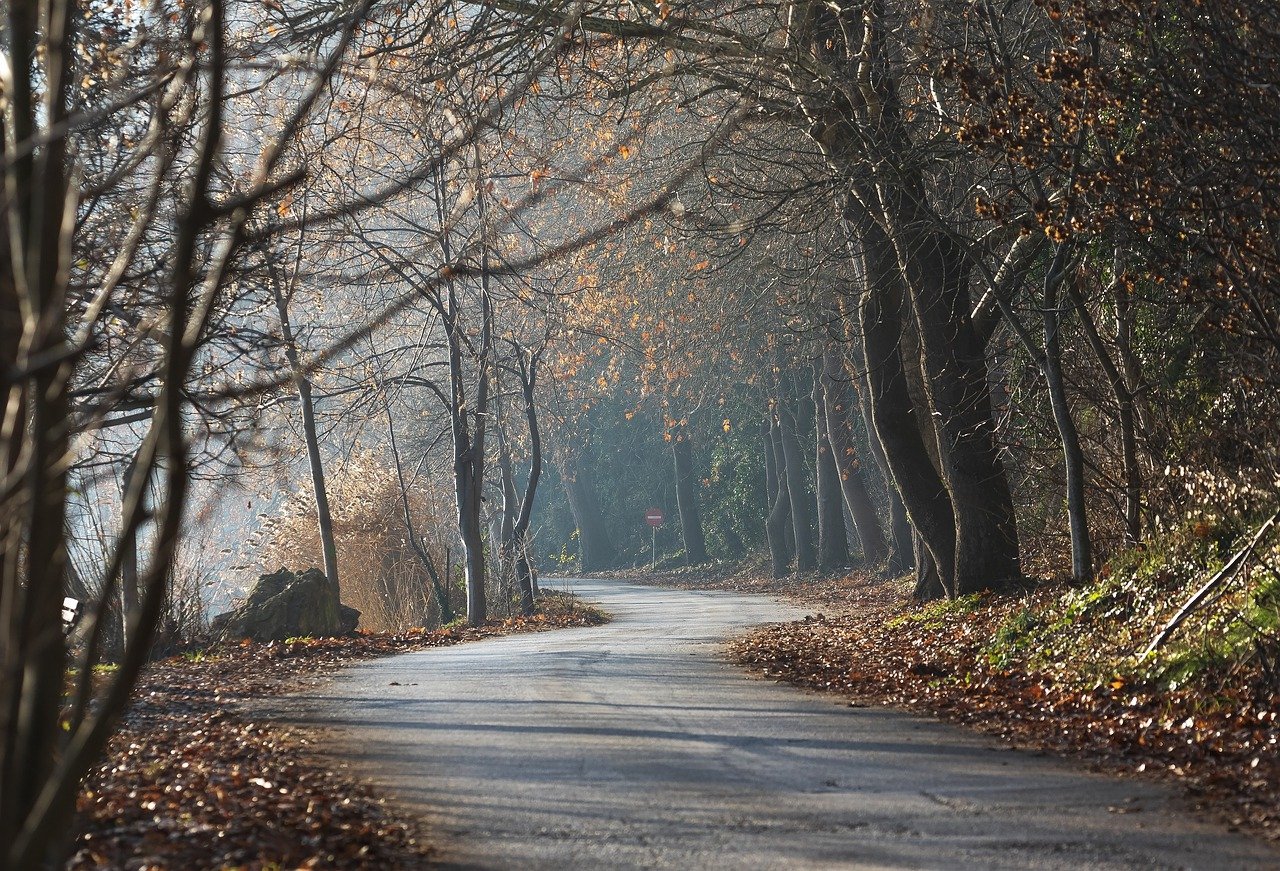
Understanding Color Theory
Color theory is the backbone of any artistic endeavor, especially in the realm of abstract art. It’s like the secret sauce that can elevate your painting from a simple representation to an emotional masterpiece. When you delve into color theory, you’re not just slapping paint onto a canvas; you’re making conscious choices that can evoke feelings, set moods, and create depth. So, how do you harness the power of color in your abstract landscapes? Let’s break it down!
First off, understanding the color wheel is essential. The color wheel is a visual representation of colors arranged according to their chromatic relationship. It consists of primary, secondary, and tertiary colors. By familiarizing yourself with these relationships, you can start to see how different colors interact with one another. For instance, complementary colors—those opposite each other on the wheel—can create a striking contrast that draws the eye and adds vibrancy to your work.
Moreover, the emotional impact of colors cannot be understated. Each color carries its own vibe and can influence the viewer's feelings. For example, warm colors like reds and yellows often evoke feelings of warmth, energy, and excitement, while cool colors like blues and greens tend to create a sense of calmness and serenity. Imagine painting a sunset with bold oranges and reds; it instantly brings a sense of warmth and emotion. Conversely, a landscape painted in soft blues and greens might transport the viewer to a tranquil forest or a peaceful lake.
Another critical aspect of color theory is color harmony. This concept refers to the pleasing arrangement of colors in a composition. Here are a few common types of color harmonies:
- Monochromatic: Using variations of a single color to create a cohesive look.
- Analogous: Combining colors that are next to each other on the color wheel for a harmonious feel.
- Triadic: Utilizing three colors that are evenly spaced around the color wheel for a vibrant effect.
Understanding these harmonies allows you to create a visual rhythm in your artwork, guiding the viewer’s eye through your landscape. By experimenting with different combinations, you can discover unique palettes that resonate with your artistic vision.
Now, let’s talk about creating depth with color. This is where the magic happens! By using gradients and contrasts, you can give your abstract landscapes a sense of space and perspective. For instance, layering lighter shades in the foreground and darker shades in the background can create an illusion of depth, making your painting feel more three-dimensional. Think of it like a photograph where the foreground pops while the background fades into a beautiful blur.
Finally, let’s not forget about the symbolism of colors. Different cultures and contexts ascribe various meanings to colors, which can add layers of interpretation to your work. For example, green often symbolizes growth and renewal, while purple can represent creativity and imagination. By consciously choosing colors that reflect the themes you want to convey, you can communicate powerful messages through your abstract landscapes.
In summary, understanding color theory is not just about knowing which colors look good together; it’s about harnessing the emotional and symbolic power of color to elevate your artwork. Whether you’re creating a serene landscape or a vibrant explosion of colors, the choices you make will resonate with viewers on a deeper level. So, grab your brushes, mix those colors, and let your emotions flow onto the canvas!
Q: How can I choose a color palette for my abstract landscape?
A: Start by considering the mood you want to convey. Use the color wheel to find complementary or analogous colors that resonate with your vision. Experiment with different combinations until you find one that feels right!
Q: What if I’m unsure about my color choices?
A: It’s perfectly normal to feel uncertain. Try creating small swatches or color studies before committing to your main canvas. This way, you can see how the colors interact and make adjustments as needed.
Q: Can I use unconventional colors in my landscapes?
A: Absolutely! Abstract art is all about breaking the rules. Don’t be afraid to use colors that aren’t traditionally found in landscapes. Trust your instincts and let your creativity shine!
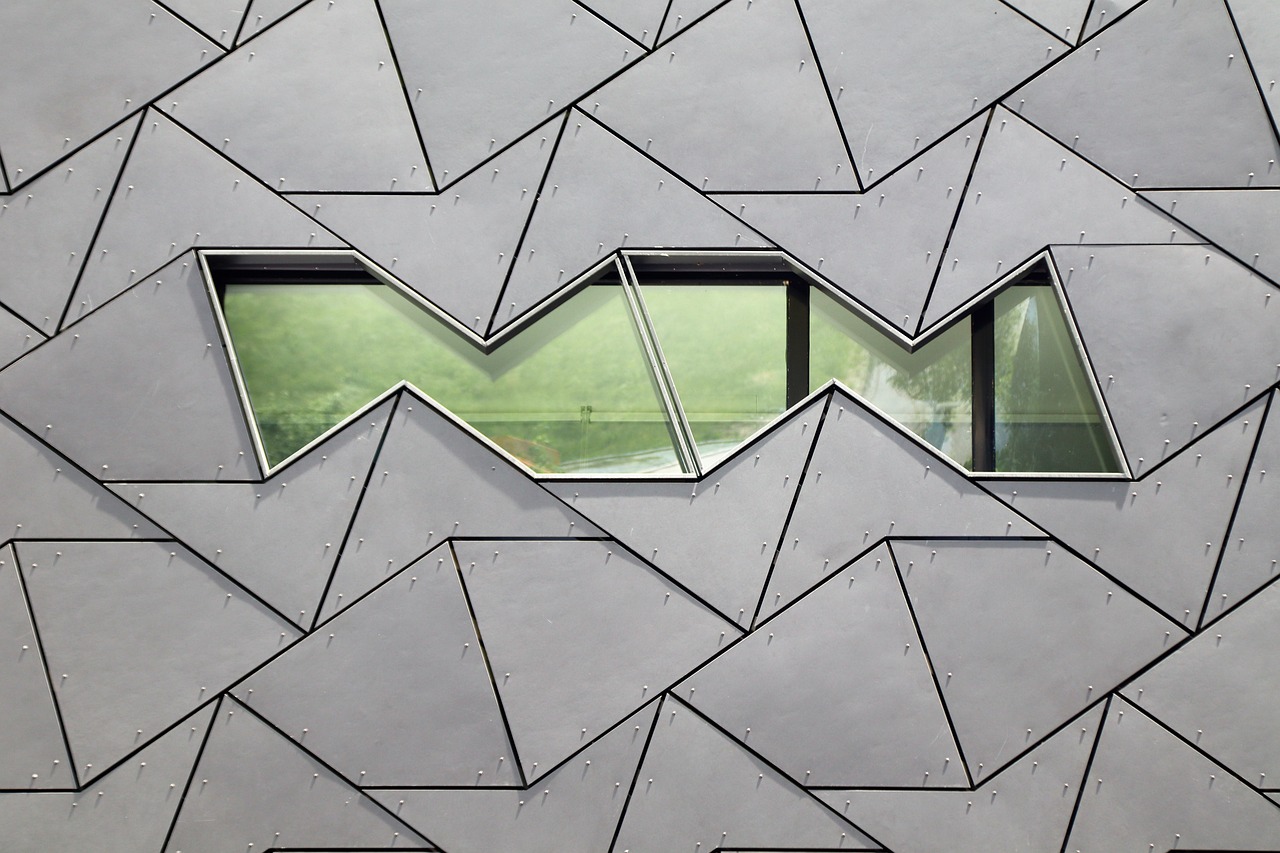
Warm vs. Cool Colors
When it comes to painting abstract landscapes, understanding the difference between warm and cool colors can be a game changer. These two categories of colors can dramatically influence the mood and atmosphere of your artwork. Warm colors, such as reds, oranges, and yellows, often evoke feelings of energy, passion, and warmth. They can make your painting feel inviting and vibrant, drawing the viewer in. On the other hand, cool colors like blues, greens, and purples tend to create a sense of calmness, tranquility, and distance. They can give your landscape a serene, peaceful vibe that invites contemplation.
Imagine standing at the edge of a sunlit meadow versus a cool, misty forest. The warm colors of the meadow may feel alive and energetic, while the cool colors of the forest may evoke a sense of mystery and introspection. This emotional response is exactly what you can achieve in your abstract landscapes by carefully balancing these color groups.
To effectively convey mood in your paintings, consider the following:
- Warm Colors: Use them to highlight areas of interest or to create a focal point. They can help simulate sunlight or warmth in your landscape.
- Cool Colors: Utilize these to create depth and space. They can be used in the background to suggest distance and to make warm colors pop in the foreground.
One technique to experiment with is creating a color gradient that transitions from warm to cool colors. This not only adds visual interest but also guides the viewer’s eye through the painting. For example, start with a vibrant orange at the bottom to represent a sunset, gradually blending it into a cool blue at the top to depict the evening sky. This combination not only enhances the depth of your landscape but also tells a story, evoking an emotional response from the viewer.
Moreover, the context in which you use these colors matters too. Think about what you want to express. If your abstract landscape aims to convey the warmth of a summer day, you might lean heavily on warm colors. Conversely, if you want to capture the stillness of a winter morning, cool colors should dominate your palette. The key is to find a balance that resonates with your artistic vision.
In summary, mastering the interplay between warm and cool colors can transform your abstract landscapes from simple representations of nature into powerful emotional expressions. So grab your brushes, explore these color dynamics, and let your imagination run wild!
Q1: How do I choose between warm and cool colors for my landscape?
A1: It depends on the mood you want to convey. If you're aiming for energy and vibrancy, opt for warm colors. For tranquility and distance, choose cool colors.
Q2: Can I mix warm and cool colors in the same painting?
A2: Absolutely! Mixing both can create depth and contrast, making your artwork more dynamic. Just be mindful of the balance to maintain the desired mood.
Q3: What are some examples of warm and cool colors?
| Warm Colors | Cool Colors |
|---|---|
| Red | Blue |
| Orange | Green |
| Yellow | Purple |
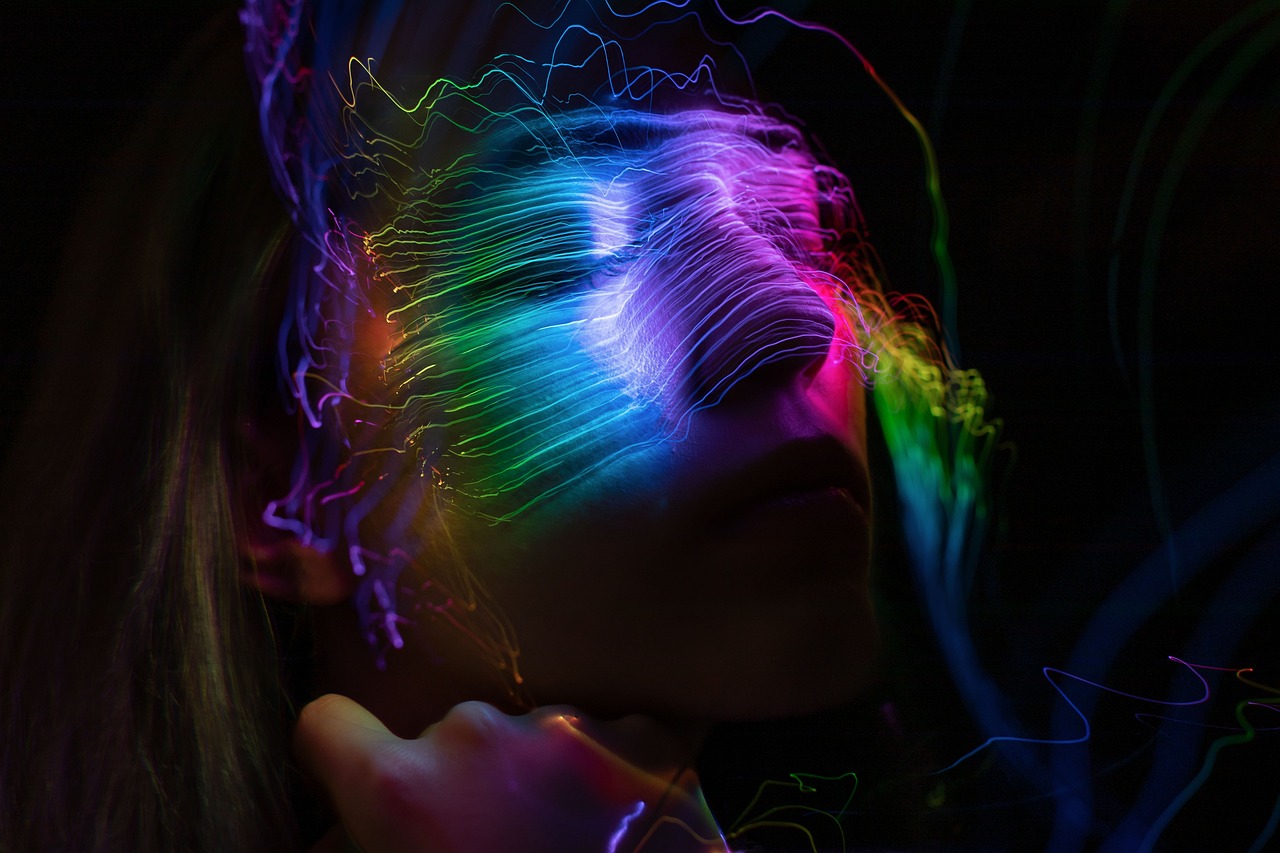
Creating Depth with Color
Creating depth in your abstract landscape paintings is essential for drawing the viewer into your artwork. It’s like inviting someone to step into a world that exists beyond the canvas. One of the most powerful tools at your disposal for achieving this depth is color. By skillfully layering colors and utilizing gradients, you can evoke a sense of space that makes your landscapes feel alive.
To start, consider using a technique known as color gradients. This involves smoothly transitioning from one color to another, which can mimic the natural changes in light and atmosphere. For example, when painting a sunset, you might blend warm oranges and yellows into cooler purples and blues. This not only creates a stunning visual effect but also adds layers of meaning, as the colors can symbolize the transition from day to night.
Another effective method is to create contrast within your color palette. Placing a bright, vibrant color next to a darker, muted one can create a striking visual impact. This contrast not only captures attention but also helps to define the foreground and background of your composition. Think of it as setting the stage for your viewer—where the bright colors pop out, they draw the eye, while the darker shades recede, creating a sense of depth.
When layering colors, try to think about the atmospheric perspective. This is a technique often used in traditional landscape painting, where colors become lighter and less saturated as they recede into the distance. You can replicate this by applying lighter hues and more diluted paint for elements that are meant to appear further away. This gives the illusion of depth and helps your landscape feel more three-dimensional.
Here’s a simple way to visualize how you can layer colors to create depth:
| Layer | Color | Purpose |
|---|---|---|
| Background | Light Blue | To represent the sky and create a sense of distance |
| Midground | Medium Green | To depict rolling hills or fields, adding dimension |
| Foreground | Dark Green/Brown | To bring elements like trees or rocks to the forefront |
Lastly, don’t forget about the symbolism of colors in your work. Each color can evoke different emotions and feelings, which can further enhance the depth of your painting. For instance, blues can create a sense of calm and tranquility, while reds can evoke passion and energy. By thoughtfully choosing your colors, you can guide the emotional journey of your viewer as they explore your abstract landscape.
In summary, creating depth with color is not just about technique; it’s about storytelling. Each layer, each gradient, and each contrast contributes to the narrative you are building on your canvas. So, take your time, experiment with your palette, and watch as your abstract landscapes transform into immersive experiences that resonate with your audience.
- What are the best colors to use for creating depth?
Generally, using a combination of warm colors in the foreground and cool colors in the background helps create depth. Warm colors tend to advance, while cool colors recede.
- How can I improve my color blending skills?
Practice is key! Try using a wet-on-wet technique where you apply wet paint onto wet paint to achieve smoother transitions.
- Is it necessary to use a specific type of paint?
Not necessarily! While acrylics and oils are popular for their blending capabilities, any medium can work as long as you understand how to manipulate it effectively.

Symbolism of Colors
When it comes to abstract landscape painting, the plays a pivotal role in conveying emotions and themes. Each color carries its own unique meaning and can evoke different feelings in the viewer. For instance, blue often symbolizes tranquility and calmness, reminiscent of a serene sky or a peaceful lake. On the other hand, red can evoke feelings of passion, energy, or even anger, much like a dramatic sunset that ignites the horizon. Understanding these associations can help you make intentional choices in your artwork, allowing you to express deeper narratives through your color selections.
Consider how the colors in your abstract landscape can tell a story. For example, a painting dominated by greens and browns might evoke a sense of grounding and connection to nature, while vibrant yellows and oranges can create a sense of joy and warmth. This emotional impact is not just about personal interpretation; it’s a universal language that transcends cultural barriers.
To illustrate the symbolism of various colors, here’s a simple table that summarizes common associations:
| Color | Symbolism |
|---|---|
| Red | Passion, Energy, Anger |
| Blue | Calmness, Serenity, Trust |
| Green | Nature, Growth, Harmony |
| Yellow | Happiness, Optimism, Warmth |
| Purple | Creativity, Mystery, Spirituality |
As you create your abstract landscapes, think about what you want to communicate. Are you trying to evoke a sense of peace, or perhaps you want to ignite a feeling of excitement? By consciously selecting your colors based on their symbolism, you can transform your artwork into a powerful vehicle for expression. Remember, the beauty of abstract art lies in its ability to resonate with viewers on a personal level, making them feel something profound without the need for literal representation.
In conclusion, the is not just a technical aspect of painting; it’s an emotional journey that invites both the artist and the viewer to explore deeper meanings. So next time you pick up your brush, consider the story you want to tell through color. What emotions do you want to evoke? What themes do you want to explore? The answers to these questions will guide your artistic choices and enrich your abstract landscape paintings.
- What are the best colors to use for an abstract landscape? It depends on the mood you want to convey. Warm colors like red and yellow can create energy, while cool colors like blue and green can evoke tranquility.
- How can I learn more about color symbolism? Researching color theory books or online resources can provide you with a deeper understanding of how colors affect emotions and perceptions.
- Can I mix colors to create new meanings? Absolutely! Mixing colors can lead to unique shades that carry their own symbolism, allowing for even more personal expression in your work.
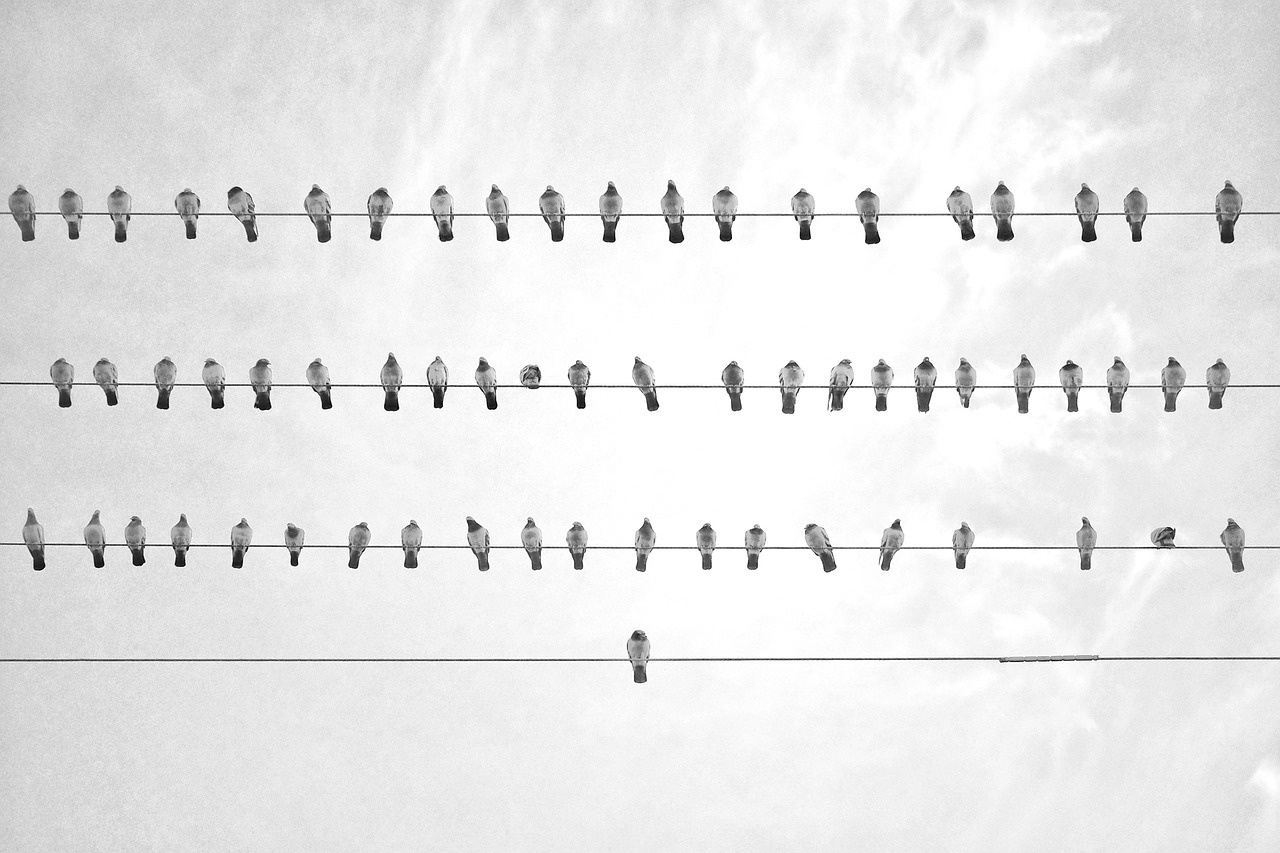
Brush Techniques for Texture
When it comes to painting abstract landscapes, texture can be the secret ingredient that transforms a simple canvas into a captivating masterpiece. Utilizing various brush techniques allows you to create depth, movement, and emotion in your artwork. Imagine your canvas as a living, breathing entity, where each stroke adds a new layer of personality and intrigue. So, how do you achieve these stunning textures? Let's dive into some effective brush techniques that can elevate your abstract landscape paintings.
One of the most fundamental techniques is the dry brushing method. This involves using a dry brush with minimal paint to create a scratchy, textured effect. Think of it like gently caressing the surface of your canvas, allowing the brush to catch on the texture of the fabric underneath. This technique is particularly effective for creating the illusion of grass, foliage, or rocky surfaces in your landscapes. By varying the pressure and angle of your brush, you can achieve a wide array of textures that mimic the natural world.
Another exciting technique is layering. This involves applying multiple layers of paint, allowing each layer to dry before adding the next. It’s akin to building a sandwich; each layer adds flavor and complexity. You can use different colors, opacities, and brush styles to create a rich tapestry of textures. For example, start with a bold base color, then add lighter shades on top, using a fan brush or a palette knife to create rugged peaks and valleys. This method not only adds depth but also invites the viewer’s eye to explore the intricacies of your work.
Don't overlook the power of stippling. This technique involves using the tip of your brush to create small dots or dabs of color. It’s like sprinkling confetti across your canvas, bringing vibrancy and energy to your abstract landscape. Stippling can be especially effective for creating the illusion of distant trees or clouds, as it allows for soft transitions between colors without harsh lines. Combine stippling with other techniques for a dynamic effect that draws the viewer in.
For those who prefer a more dramatic approach, sweeping strokes can create bold, sweeping textures that evoke movement and energy. Imagine the wind rustling through the trees or waves crashing against the shore. Using a large brush, make sweeping motions across the canvas, mixing colors directly on the surface to create fluid transitions. This technique can evoke strong emotions and create a sense of rhythm in your artwork.
Lastly, consider experimenting with unconventional tools. Brushes are fantastic, but don’t be afraid to use sponges, palette knives, or even your fingers! Each tool provides a unique texture and feeling. For instance, a sponge can create soft, cloud-like textures, while a palette knife can add sharp edges and bold lines. Think outside the box and let your creativity flow.
In summary, mastering brush techniques for texture in abstract landscapes is about exploration and experimentation. The more you practice, the more you’ll discover your unique style. Remember, each stroke is a step towards expressing your artistic vision. So grab your brushes, unleash your imagination, and let the textures tell your story!
- What type of brushes should I use for abstract painting? It's best to have a variety of brushes, including flat, round, and fan brushes, to achieve different textures.
- Can I use acrylics for abstract landscapes? Absolutely! Acrylics are versatile and dry quickly, making them perfect for layering techniques.
- How do I know when my painting is finished? Trust your instincts! Step back and assess whether the composition feels balanced and complete.
- Is it necessary to sketch before painting? While not mandatory, sketching can help solidify your ideas and guide your brush strokes.
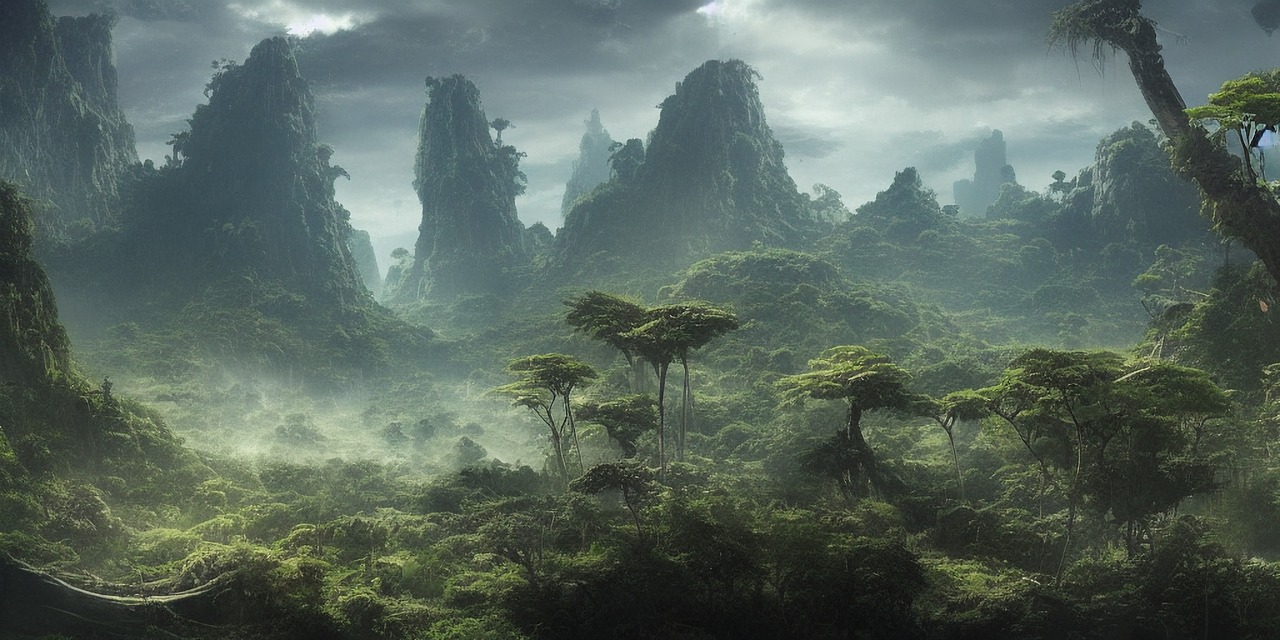
Inspiration from Nature
Finding inspiration in nature is like discovering a treasure trove of colors, shapes, and forms waiting to be transformed into your own unique abstract landscapes. Nature has a way of speaking to us, whispering ideas and emotions that can ignite our creativity. Whether it’s the vibrant hues of a sunset, the intricate patterns of leaves, or the gentle curves of rolling hills, there’s an endless source of inspiration right outside your door. Imagine standing in front of a breathtaking view, where every brushstroke can capture the essence of what you feel. How can you translate that into your art?
One effective way to draw inspiration from nature is to immerse yourself in it. Take long walks, go hiking, or simply sit in a park and observe the world around you. Pay attention to the details—the way the light dances on the water, the textures of tree bark, or the gradient of colors in the sky. These observations can serve as the foundation for your abstract interpretations. Remember, the goal isn’t to replicate what you see but to express how it makes you feel. You might find that a particular scene evokes a sense of calm, excitement, or nostalgia, and it’s these emotions that can drive your painting.
Additionally, sketching your surroundings can be incredibly beneficial. Before you even pick up a paintbrush, take a moment to quickly sketch what catches your eye. This doesn’t have to be a detailed representation; rather, it should capture the essence of the moment. Think of it as a visual diary where you jot down ideas that can later blossom into full-fledged artworks. Your sketches can serve as a reference, helping you remember the colors and forms that inspired you. They can also assist in developing a composition that resonates with the feelings you experienced in that moment.
Another fantastic resource for inspiration is photography. In today’s digital age, we have access to an abundance of images that can spark our imagination. Consider taking your own photos when you’re out in nature, or explore online galleries showcasing breathtaking landscapes. Use these images as starting points for your abstract landscapes. For instance, you might find a photograph of a misty forest that inspires you to create a piece filled with soft blues and greens, or a vibrant sunset that leads you to explore fiery reds and oranges. Just remember, while photographs can guide your composition and color choices, it’s essential to maintain your abstract approach. Let the photograph inform your work, but allow your creativity to take the lead.
To summarize, inspiration from nature is all around us, waiting to be captured and expressed through our art. By immersing yourself in the natural world, sketching your ideas, and using photographs as reference points, you can create abstract landscapes that not only reflect the beauty of nature but also convey your personal emotions and experiences. So, the next time you find yourself in a beautiful setting, take a moment to breathe it in and let it inspire your next masterpiece.
- How can I find inspiration in my local environment? Look for parks, gardens, or even urban landscapes. Pay attention to colors, shapes, and the overall atmosphere.
- What materials should I use for sketching outdoors? A simple sketchbook and a set of pencils or watercolors are perfect for capturing ideas on the go.
- Can I use digital photographs for inspiration? Absolutely! Digital images can provide excellent references for colors and compositions while allowing you to maintain an abstract focus.
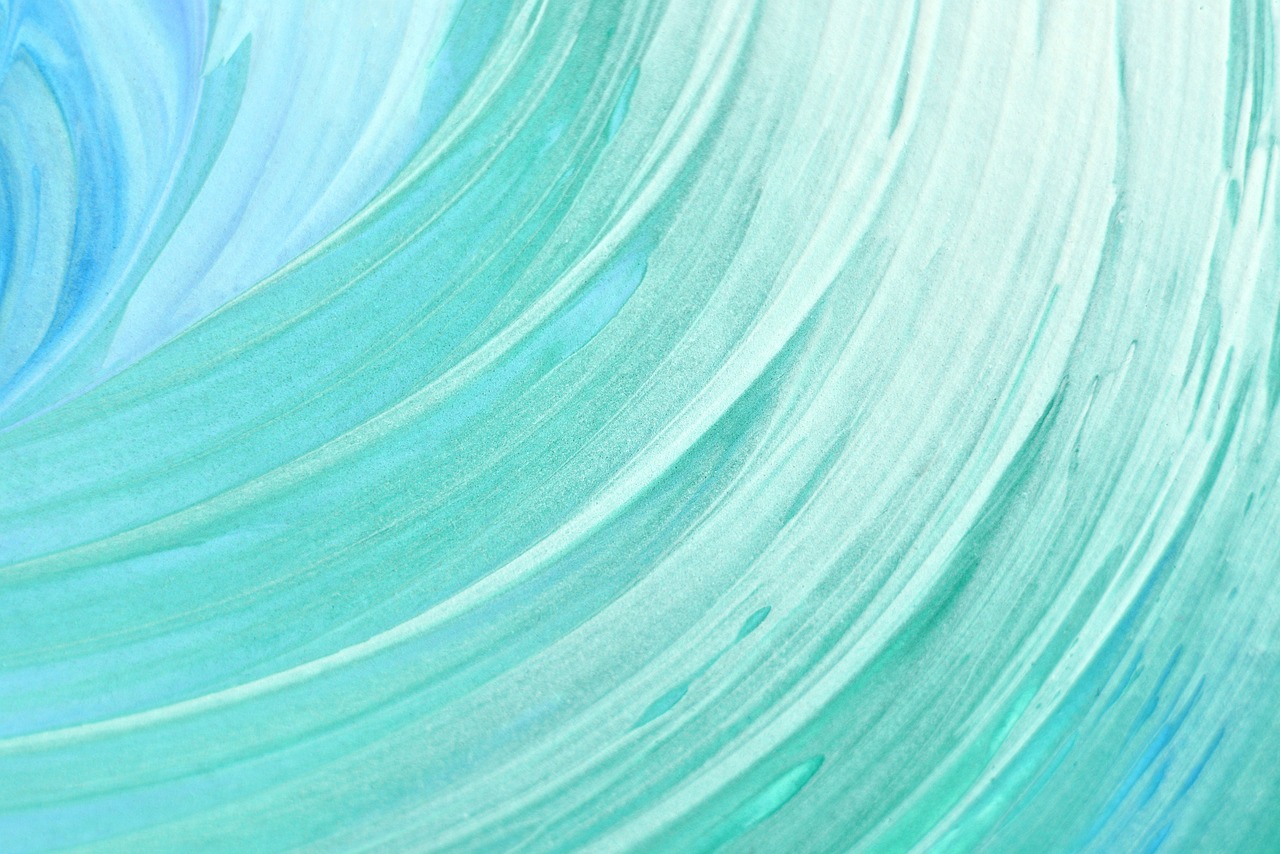
Sketching Ideas
Sketching your ideas before diving into the painting process is like laying a solid foundation before constructing a building. It’s essential to capture the essence of what you want to express in your abstract landscape. Think of your sketch as a roadmap; it guides your creative journey and helps you visualize the final piece. You don’t need to be a master draftsman—just a few lines and shapes can convey your thoughts and feelings effectively.
Start by observing the world around you. Take a moment to appreciate the natural landscapes that inspire you. Whether it’s a serene sunset, a bustling forest, or a tranquil lake, let these scenes spark your imagination. When sketching, focus on the following elements:
- Composition: Consider the layout of your painting. How will you arrange the elements? Will you use a balanced approach or lean towards asymmetry for a more dynamic feel?
- Shapes: Abstract art often relies on simplified shapes. Break down the landscape into basic forms—triangles for mountains, circles for sun, and wavy lines for water.
- Lines: Use lines to guide the viewer’s eye through your artwork. They can create movement and flow, leading the observer from one part of the painting to another.
Remember, your sketches don’t have to be perfect. They are merely a tool to help you brainstorm and explore different ideas. You might find that a quick doodle captures the spirit of your inspiration better than a detailed drawing. Don’t be afraid to experiment with different styles and techniques. Try using various mediums like charcoal, pencil, or even watercolor to see which best conveys your vision.
Once you have a few sketches that resonate with you, take a step back and evaluate them. Ask yourself questions like, “What emotions do these sketches evoke?” or “How can I enhance the depth and texture in my painting based on these ideas?” This reflective process can lead to exciting discoveries and improvements in your work.
Finally, consider keeping a sketchbook dedicated to your abstract landscape ideas. This way, you can document your thoughts and inspirations over time, creating a treasure trove of concepts to draw from in future projects. It’s a fantastic way to track your artistic growth and revisit ideas that might have been set aside.
| Question | Answer |
|---|---|
| Do I need to be good at drawing to sketch ideas? | No, sketches are meant to capture ideas and emotions, not to be perfect. Focus on expressing your thoughts. |
| What materials are best for sketching? | Pencils, charcoal, and even watercolor can be effective. Choose what feels comfortable for you. |
| How detailed should my sketches be? | They don’t need to be highly detailed. Simple shapes and lines can effectively convey your vision. |
| Can I mix different sketching techniques? | Absolutely! Mixing techniques can lead to unique and interesting results. |
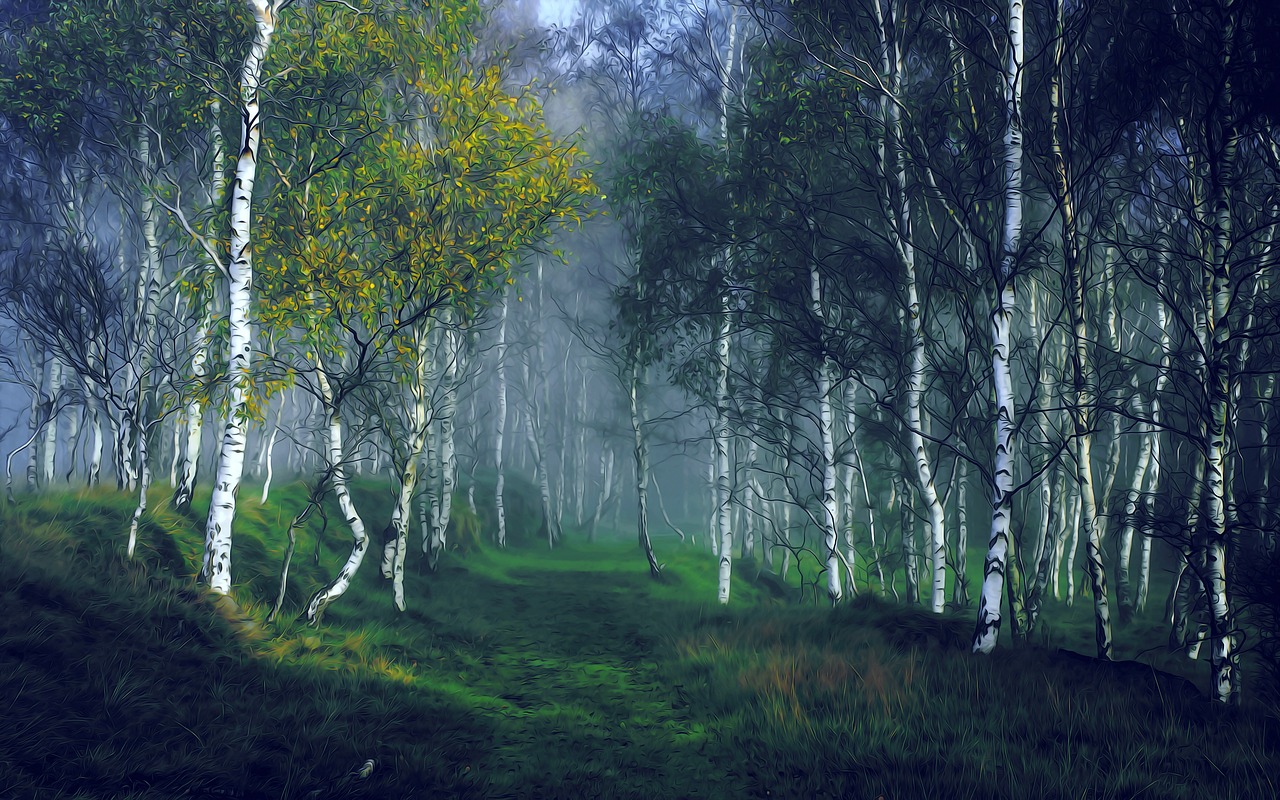
Using Photographs as References
When it comes to painting abstract landscapes, using photographs as references can be a game-changer. They serve as a visual library, capturing moments and scenes that ignite your creativity. However, it's essential to approach this practice with an open mind. Instead of copying the photograph directly, think of it as a springboard for your imagination. The colors, shapes, and textures you see can be transformed into something uniquely yours.
Start by selecting photographs that resonate with you emotionally. Whether it’s a breathtaking sunset, a misty forest, or rolling hills, choose images that evoke a feeling or memory. Once you have your reference photo, take a moment to analyze it. Consider the composition, the play of light and shadow, and the overall mood. Ask yourself questions like, "What emotions does this image evoke?" or "How can I translate this scene into my own abstract interpretation?"
As you begin to paint, allow the photograph to guide you, but don’t feel restricted by it. You can alter colors, exaggerate shapes, or simplify forms to create a more abstract representation. For instance, if your reference photo features a vibrant blue sky, you might choose to amplify that color to create a more dramatic effect. The key is to use the photograph as a tool to enhance your artistic expression rather than a strict guideline.
Here are some tips to effectively use photographs in your abstract landscape painting:
- Focus on Composition: Use the rule of thirds or leading lines from the photograph to guide your layout.
- Experiment with Colors: Don’t hesitate to change the color palette. A photograph can inspire you to explore hues you might not have considered.
- Capture the Essence: Instead of trying to replicate every detail, focus on the essence of the scene. What makes it special to you?
Lastly, consider creating a mood board with multiple photographs. This can help you see patterns and themes that you might want to incorporate into your work. You can print out images or collect them digitally, allowing you to draw inspiration from various sources. In doing so, you create a rich tapestry of ideas that can fuel your creativity and lead to a more dynamic abstract landscape.
Q: Can I use any photograph as a reference for my abstract painting?
A: Absolutely! Choose photographs that inspire you and evoke emotions. The more you connect with the image, the better your artwork will reflect that connection.
Q: Should I copy the colors exactly from the photograph?
A: Not necessarily. While you can use the photograph as a color guide, feel free to modify the colors to fit your artistic vision and mood.
Q: How do I avoid making my painting look too much like the photograph?
A: Focus on capturing the essence and mood rather than the details. Experiment with abstraction by simplifying forms and exaggerating colors.
Q: What if I don't have a good photograph to use?
A: You can create your own reference photos or use images from online platforms that offer royalty-free photography. Just remember to choose images that resonate with you!
Frequently Asked Questions
- What types of paints are best for abstract landscapes?
When it comes to painting abstract landscapes, acrylics are often a favorite due to their quick drying time and versatility. They allow for layering and blending, which is essential for creating depth and texture. Oil paints can also be used for their rich colors and slow drying time, giving you more time to manipulate the paint. Watercolors are great for softer effects but can be tricky for beginners.
- How do I choose the right brushes for my painting?
Selecting the right brushes is crucial for achieving different textures and effects in your abstract landscapes. Flat brushes are fantastic for broad strokes and filling in large areas, while round brushes are perfect for finer details. Fan brushes can create unique textures, and palette knives are excellent for adding dimension and mixing colors directly on the canvas.
- What is the importance of color theory in abstract painting?
Color theory is essential in abstract painting as it helps you understand how colors interact with each other. By using complementary or analogous colors, you can evoke specific emotions and create a balanced composition. Warm colors can convey energy and vibrancy, while cool colors often evoke calmness and serenity. Mastering color theory can significantly enhance the impact of your artwork.
- How can I create depth in my abstract landscapes?
Creating depth in your abstract landscapes can be achieved by using color gradients and layering techniques. Start with a base layer of color and gradually build up with lighter or darker shades to create a sense of perspective. Additionally, using contrasting colors can help certain elements pop out, giving the illusion of distance and depth in your artwork.
- Where can I find inspiration for my paintings?
Inspiration can be found everywhere! Nature is a fantastic source, whether it's a walk in the park or a hike in the mountains. Observing the colors, shapes, and forms around you can spark ideas for your abstract landscapes. Additionally, looking at other artists' work, browsing through photography, or even daydreaming can lead to unique concepts and compositions.
- Is sketching necessary before painting?
While sketching isn't mandatory, it can be incredibly helpful in solidifying your vision. Quick sketches allow you to explore ideas and compositions without the pressure of a final product. They serve as a roadmap for your painting, helping you capture the essence of what you want to express in your abstract landscape.
- Can I use photographs as references for my abstract work?
Absolutely! Using photographs as references can provide valuable insights into color, composition, and form. However, remember to interpret the images abstractly rather than copying them directly. Let the photograph inspire your creativity, allowing you to translate its essence into your unique style.



















